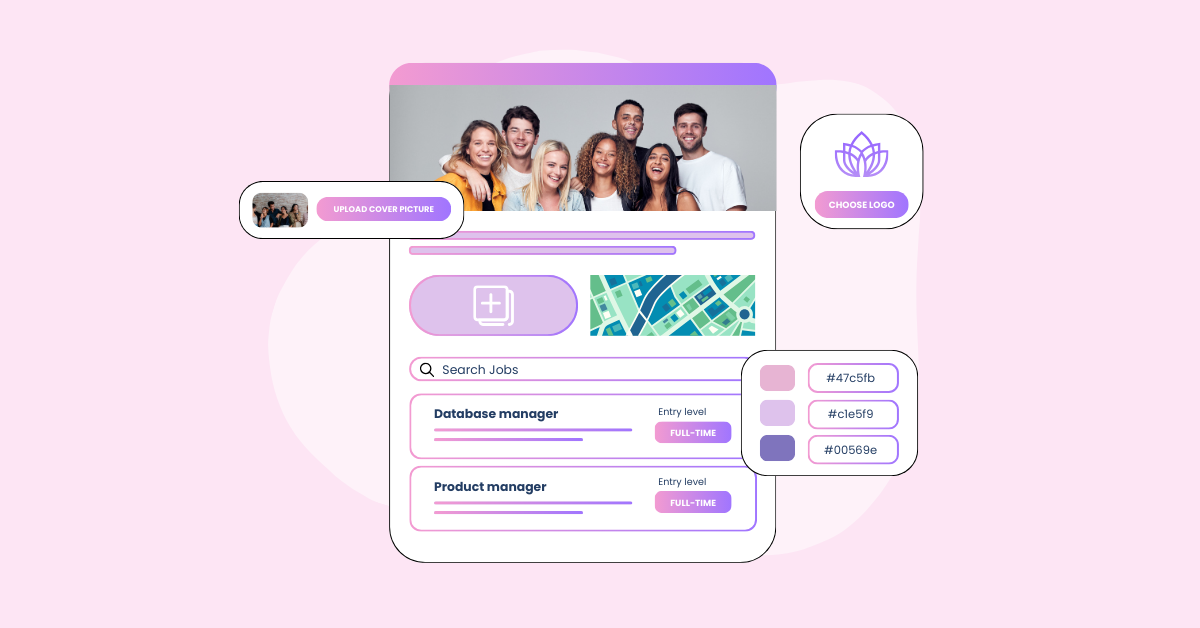
Recruiters often face the most difficult issue as recruitment of candidates for hard to fill positions. Such positions may include limited hiring for niche aspects in specialized tech jobs, the new positions no one has heard of before, and roles in industries with critical shortages of workforce where such roles require special expertise. Yet, the shortage of such skills continued, further worsened by changes in the industries as well as the pandemic, and many recruiters are left confused when there are no potential candidates in sight.
Nevertheless, there is evidence that the successful hiring for these hard-to fill positions is achievable even with its severity. You will be able to fill these roles more quickly and more effectively by improving your recruitment strategy, using neglected talent pools and networks, as well as help from your colleagues.
This article provides practical advice for effectively filling such hard-to-fill positions and recruiting in the current environment where intense competition for available skilled workers is the norm.
What is a hard-to-fill position?
Hard-to-fill positions are jobs that consistently remain vacant, often for extended periods. While the term might seem self-explanatory, there are specific factors that contribute to these challenges.
- Location and Work Environment: Physical location, workplace conditions, or coverage areas can deter candidates.
- Cultural Mismatch:Company culture may not align with potential candidates’ values or preferences.
- Compensation and Benefits: Inadequate salary or benefits packages can be a major barrier.
- Job Description Issues: Overly specific, narrow, or broad job descriptions can confuse or discourage applicants.
- Talent Scarcity: A lack of qualified candidates in the field can make it difficult to find a suitable fit.
- Employer Branding: Weak or compromised employer branding can negatively impact candidate attraction.
Here are some tips on how to hire for hard-to-fill positions:
1. Refine Your Job Descriptions And Job Ads:
Writing an effective job description is one of the very important steps when it comes to closing positions that are hard to fill. Usually, there are certain roles where it’s hard to find candidates interested in applying. A carefully written job description is one of the most effective tools to eliminate or mitigate such difficulties.
Outlining the responsibilities, skills, and experience required and promoting your company’s environment can help win the concerns of the right candidates for the job, those who will take the interest in the particular job. These positions require a lot of effort to promote and show how great the opportunity is.
Also, it is very important to place your job ads in places where you can be seen by the appropriate candidates. Leveraging sophisticated recruitment tools can assist you in selectively targeting and contacting various niche areas of talent, this ensuring that your ads do not go unnoticed.
2. Work On Employer Brand:
Candidates today don’t only look for ‘a job’ but would rather work in organizations that align with their values. Organizations can leverage their employer brand to capture the best talents even in the most challenging recruitment environments. A strong employer brand built by using external sources like social media and content marketing helps candidates understand what it’s like to work with your organization. On the other hand, talented individuals are attracted to apply for positions where the company’s overall image is maintained and projected by all its employees.
3. Consider Internal Hiring:
Another most hard-to-fill jobs are newly emerging jobs within an industry. It requires special skills that are not available in plenty among the candidates. Here, internal hiring can be a solution in most cases. Having already launched into the market, your employees appreciate the values, culture, and strategies of your business and the industry.
Filling these last jobs through upskilling the existing workforce will enable these roles to be filled much faster and more effectively as well as ensure growth and development of the company. Provide such training programs for your staff that correspond to the current needs in skills of your company so that no gaps remain in your companies services.
4. Build An Employee Referral Program:
Employee referrals remain one of the most efficient methods for hiring, especially for hard-to-fill positions. When your current employees recommend someone, they vouch for that person’s cultural fit and skillset. Building a strong referral program can help you tap into your employees’ networks, giving you access to a wider pool of qualified candidates. Rewarding employees for successful referrals also fosters a culture of trust and engagement.
5. Build a Talent Pool:
One of the most effective strategies for hiring hard-to-fill positions is to proactively build a talent pool. By cultivating relationships with the potential candidates, you can create a pool of qualified individuals who are interested in working for your organisation. This not only reduces the time-to-hire but also increases the quality of candidates available. When a hard-to-fill position arises, you’ll have a pre-qualified pool to draw from, significantly improving your chances of finding the right fit.
Frequently asked questions
Hard-to-fill roles often require specialized skills, are located in remote areas, offer low compensation, or have a poor company culture.
The average time to fill a role varies by industry and location. However, for hard-to-fill positions, it can take several months or even longer.
Leverage specialized job boards, social media, employee referrals, and professional networking to reach qualified candidates for hard-to-fill roles.






